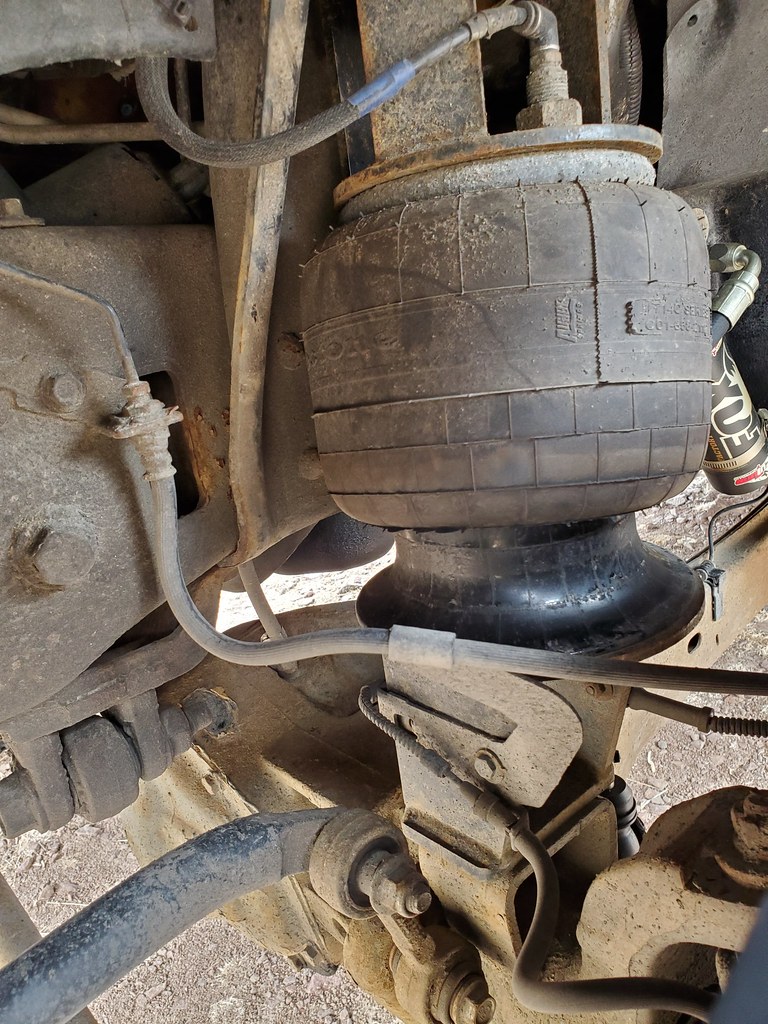java
Expedition Leader
Coil length is determined by desired ride height, and wheel position at full droop. Find the difference between the full droop position and your desired ride height. Then cacluate the springs compression based on its rate and the spring weight. For the 650lb springs that is about 4". If you have more than 4" of droop from ride height, you need a softer spring, or a droop limiting strap.
For example, you have 16" between the top and bottom spring perch at full droop. You want the ride height to be 4" lower than that . So a 650lb 16" spring does the job. Another option if you can't get the length or rate you want for the ride height, is to compress the spring with a compressor, so that the suspension has a bit of preload in the full droop position.
OK thanks, the OE springs had no preload, IE I could remove them by unbolting the shocks and lifting the frame off the axle. If I wanted 1.5" lift in theory I could measure the OE springs and add 1.5" of height correct? They are stashed in the attic I think.....
I can do full droop and some math too.
Does that bag data mean anything to you?
Thanks for the help!






